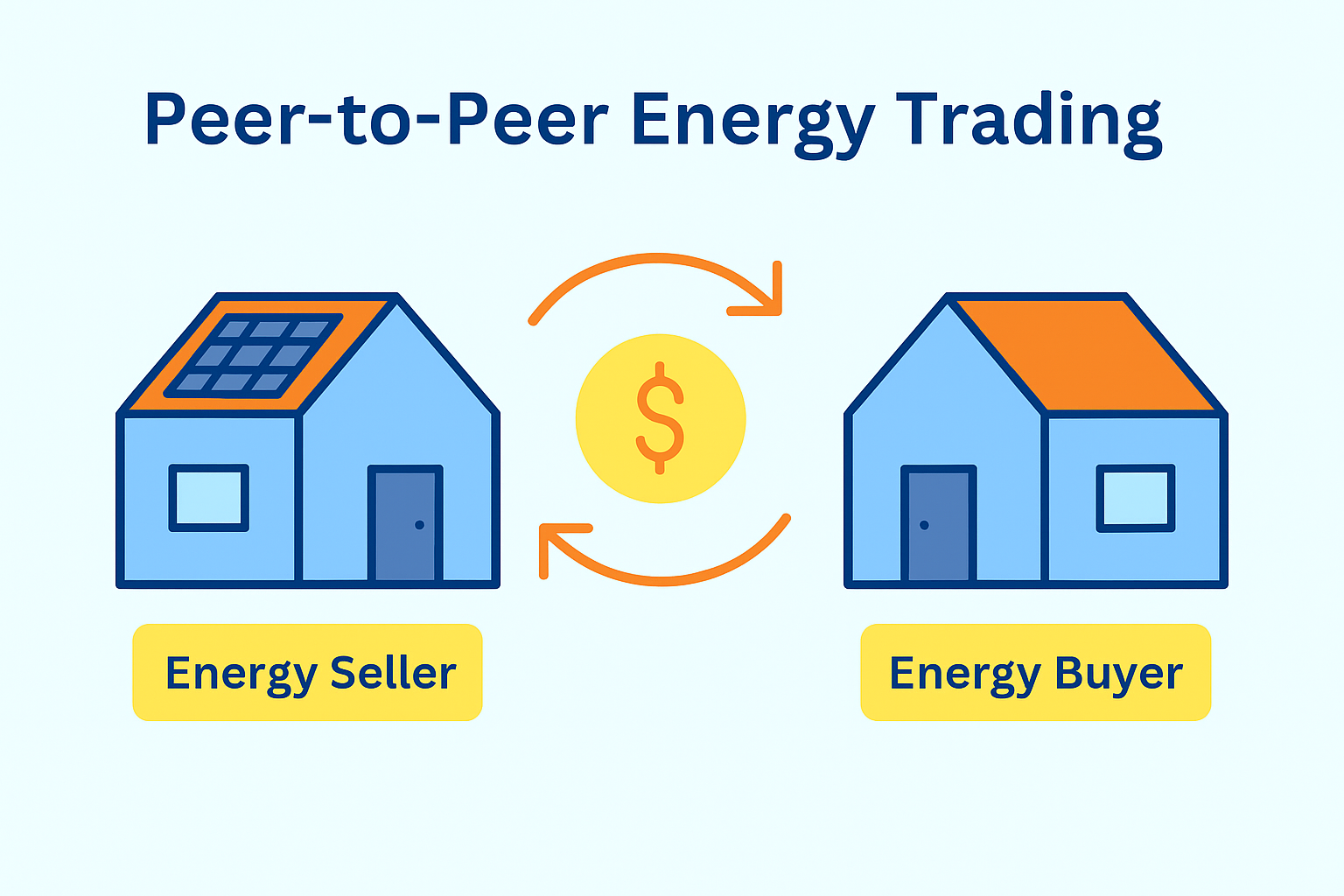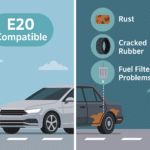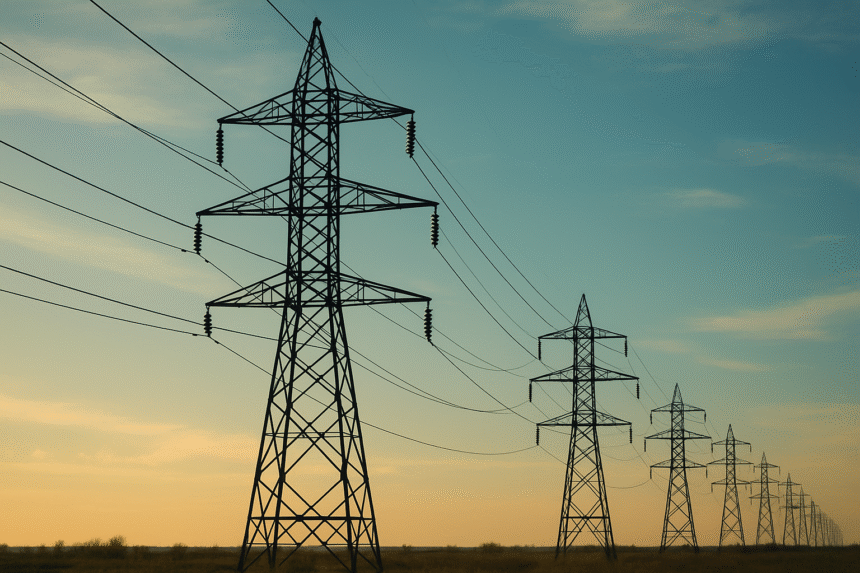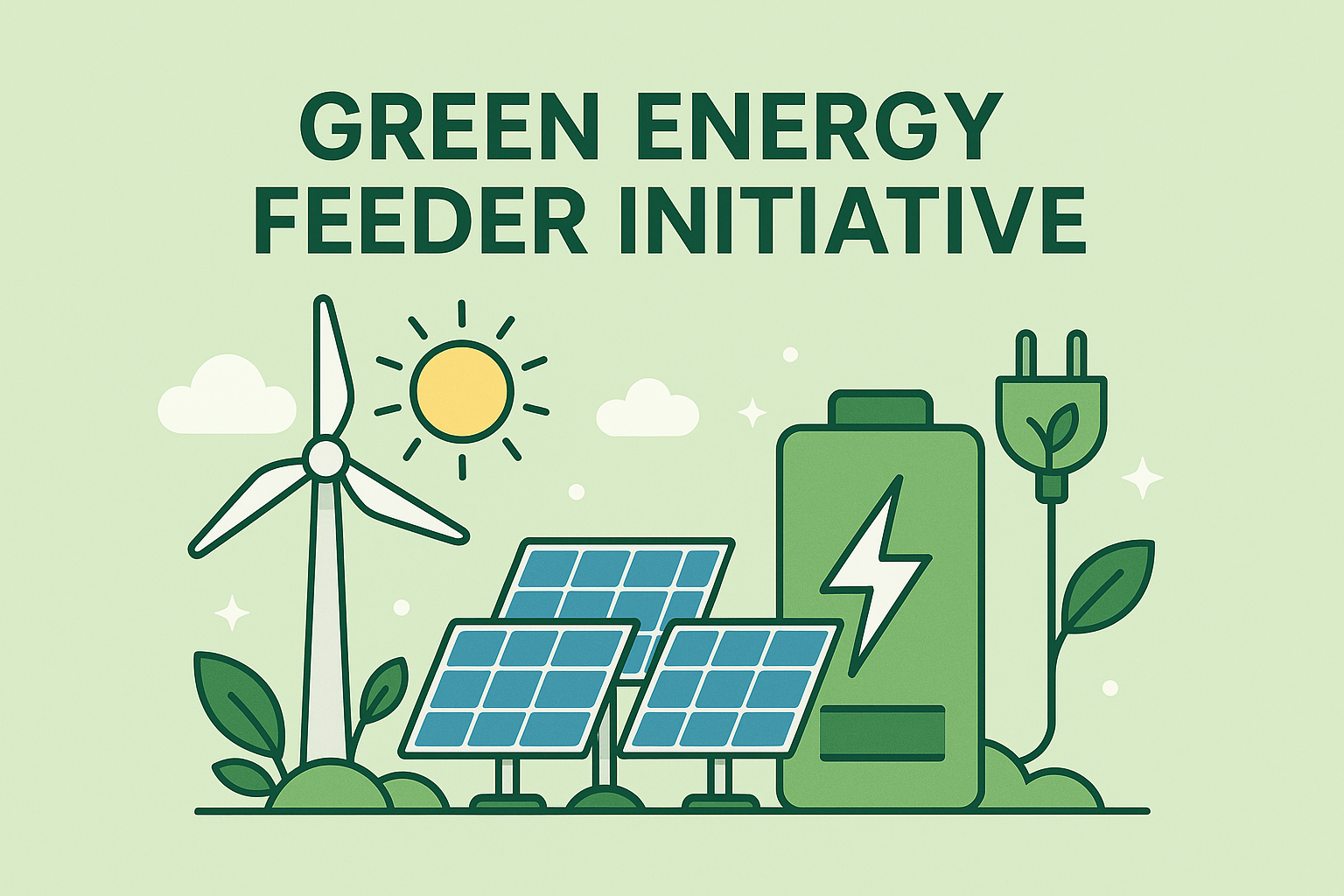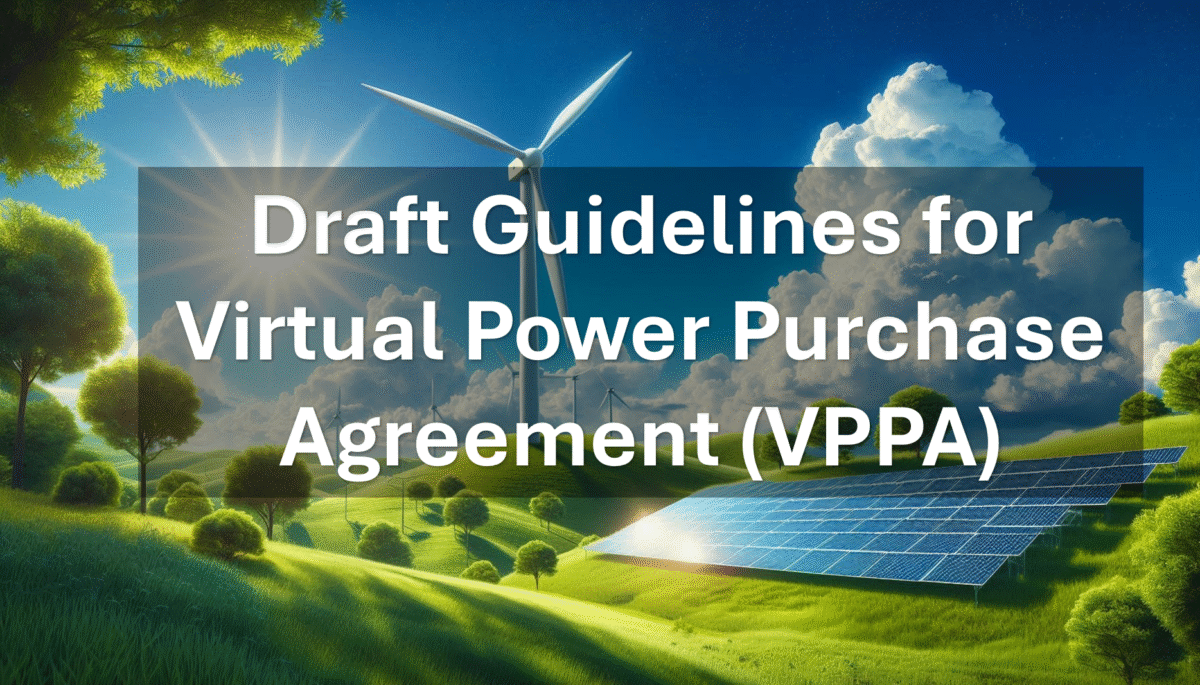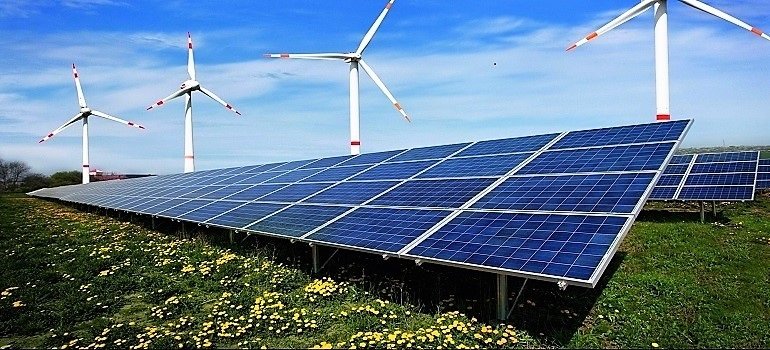The Central Electricity Regulatory Commission (CERC) announced a pivotal update: the 100% outer-waiver on interstate transmission system (ISTS) charges for energy storage projects—specifically battery energy storage systems (BESS) and pumped hydro storage—has been officially extended to June 30, 2028. Previously slated to expire in mid-2025, this extension allows developers to realize roughly 7% savings in transmission costs, reinforcing India’s aspirations toward achieving 500 GW of clean energy capacity by 2030.
This policy move also complements a ₹54 billion Viability Gap Funding (VGF) initiative targeting 30 GWh of battery storage—an impetus designed to accelerate large-scale deployment.
Historical Perspective: When Did the Waiver Begin?
The ISTS waiver policy has been a recurring feature since mid-decade. Initially rolled out in 2016, it provided full exemptions to wind and solar projects and was repeatedly extended to foster renewables. A significant extension in 2022 carried the waiver through to June 2025.
The inclusion of energy storage and green hydrogen/ammonia emerged in 2024–2025, following amendments to CERC’s “Sharing of Inter-State Transmission Charges and Losses Regulations, 2020.” The Fourth Amendment in June 2025 notably introduced storage-specific provisions, including:
- Pumped storage projects (PSPs) receiving 100% waivers if construction is awarded before June 2028
- BESS co-located with renewables, qualifying for a full waiver if commissioned by June 2028, with a 12-year duration.
Stand-alone storage systems are granted phased waivers, tapering down through mid‑2028.
What’s Covered & What’s Next
Covered:
- BESS: 100% waiver if co-located with renewable generation at ISTS substation and commissioned by 30 June 2028; standalone BESS gets phased benefits until that date.
- Pumped Hydro (PSP): Full 25-year waivers for projects whose construction contracts are awarded before 30 June 2028.
- Green Hydrogen/Ammonia & Offshore Wind: Broader exemptions with varied timelines (up to 2035).
Not Covered:
- Solar and wind-only projects commissioned after June 30, 2025 are entering a phase-out of the waiver, morphing into reduced benefits only until 2028.
- Post-2028, both storage and renewables will face full ISTS charges.
Why It Matters
- Cost Efficiency
Transmission levies typically represent ~7% of monthly electricity costs. For developers and state utilities, skipping this fee enhances project viability. - Grid Resilience & Clean Energy Goals
Storage is essential to counterbalance renewable intermittency. By promoting BESS and PSP deployment, policymakers aim to strengthen grid reliability and facilitate evening-time renewable supply. - Investment Magnet
Paired with the ₹54 billion VGF scheme, the waiver structure is expected to draw private investment, especially in states targeting storage mandates and 24/7 clean power initiatives.
The Road Ahead
- Watch for project timelines: Developers must ensure COD or contract award before the June 30, 2028, cut-off to benefit.
- Acceleration expected: The combined incentives are likely to trigger a surge in BESS and PSP commissioning over the next two years.
- Policy continuity is key: Beyond 2028, the incentives end, signalling urgency for developers and state utilities to act now to secure benefits.



